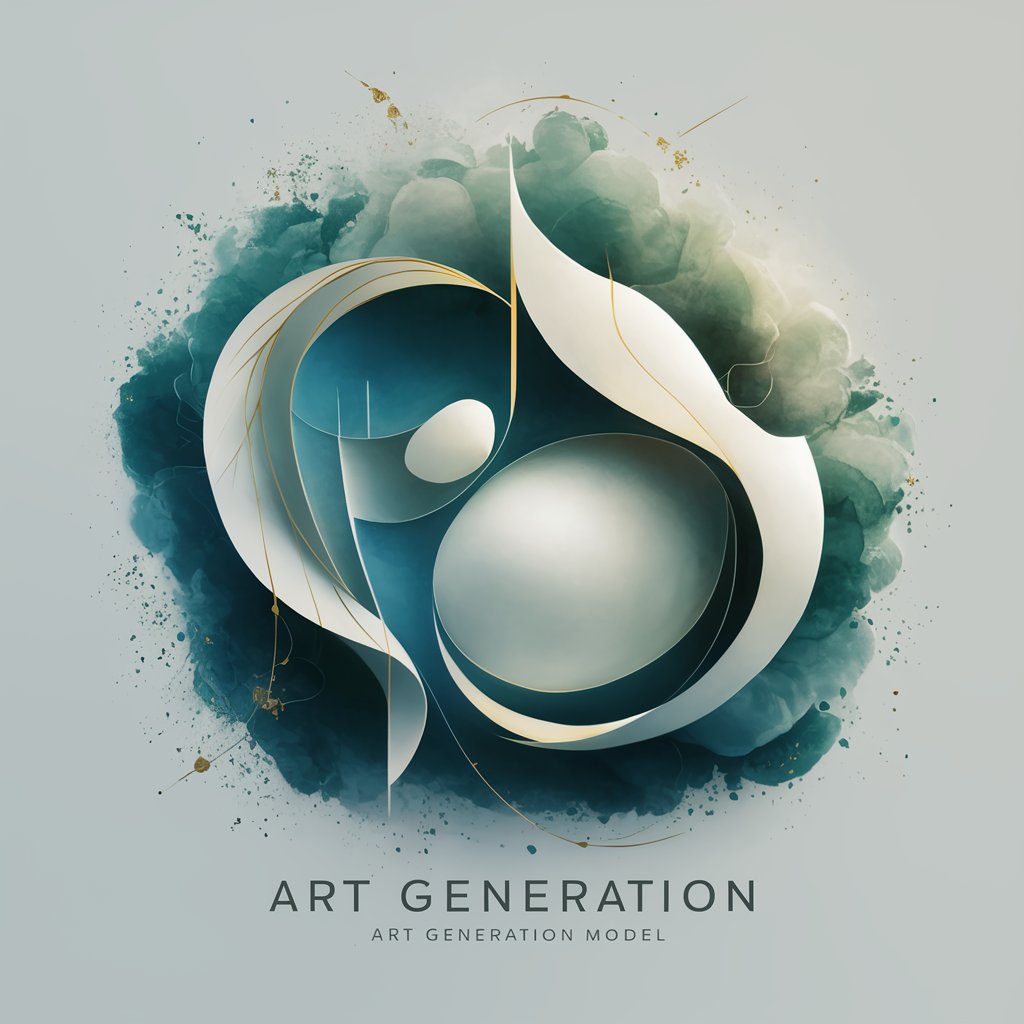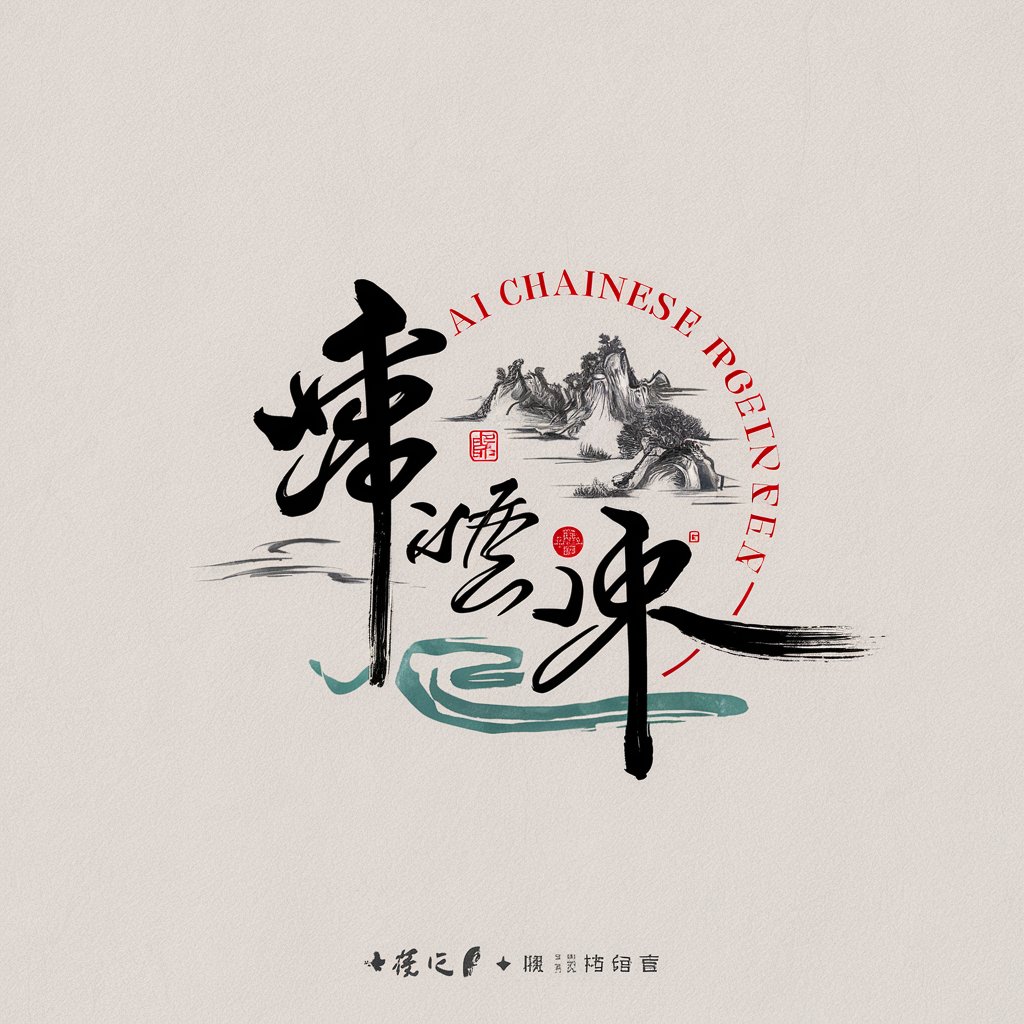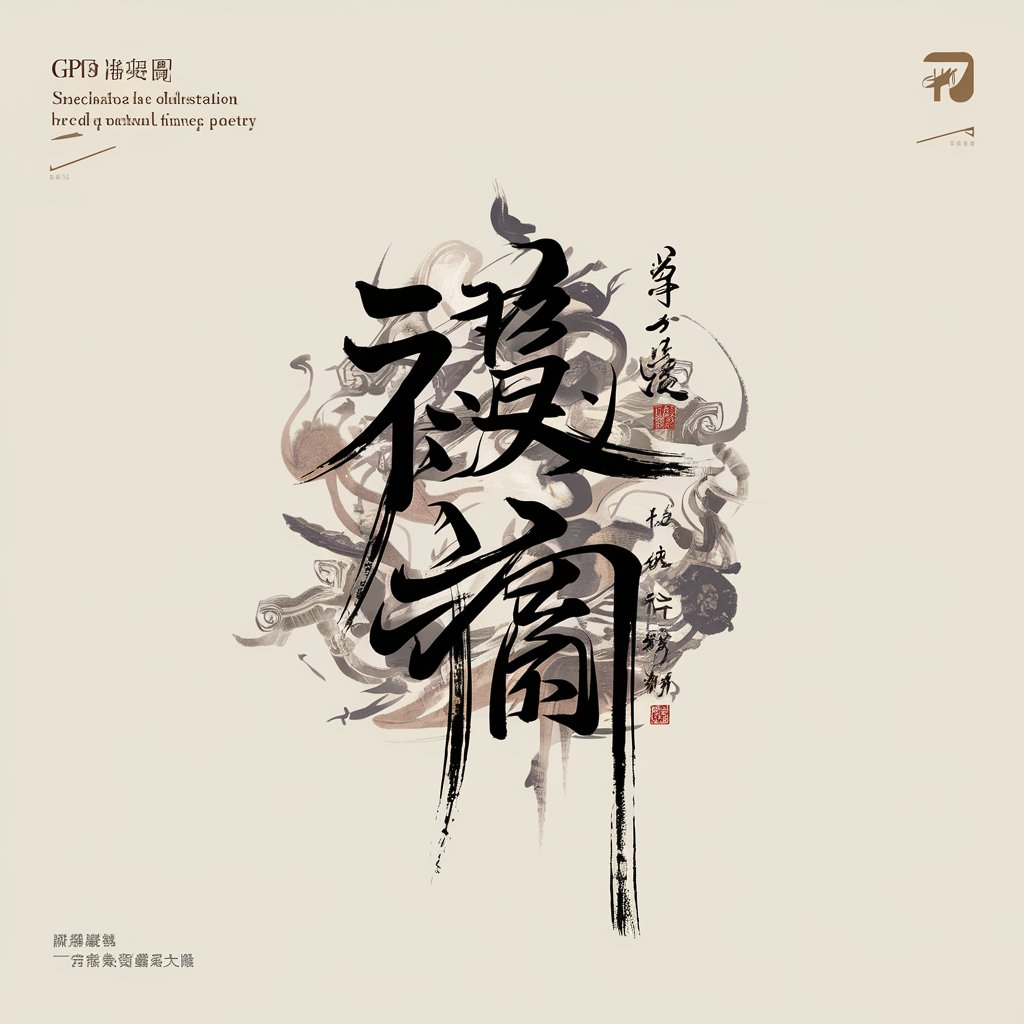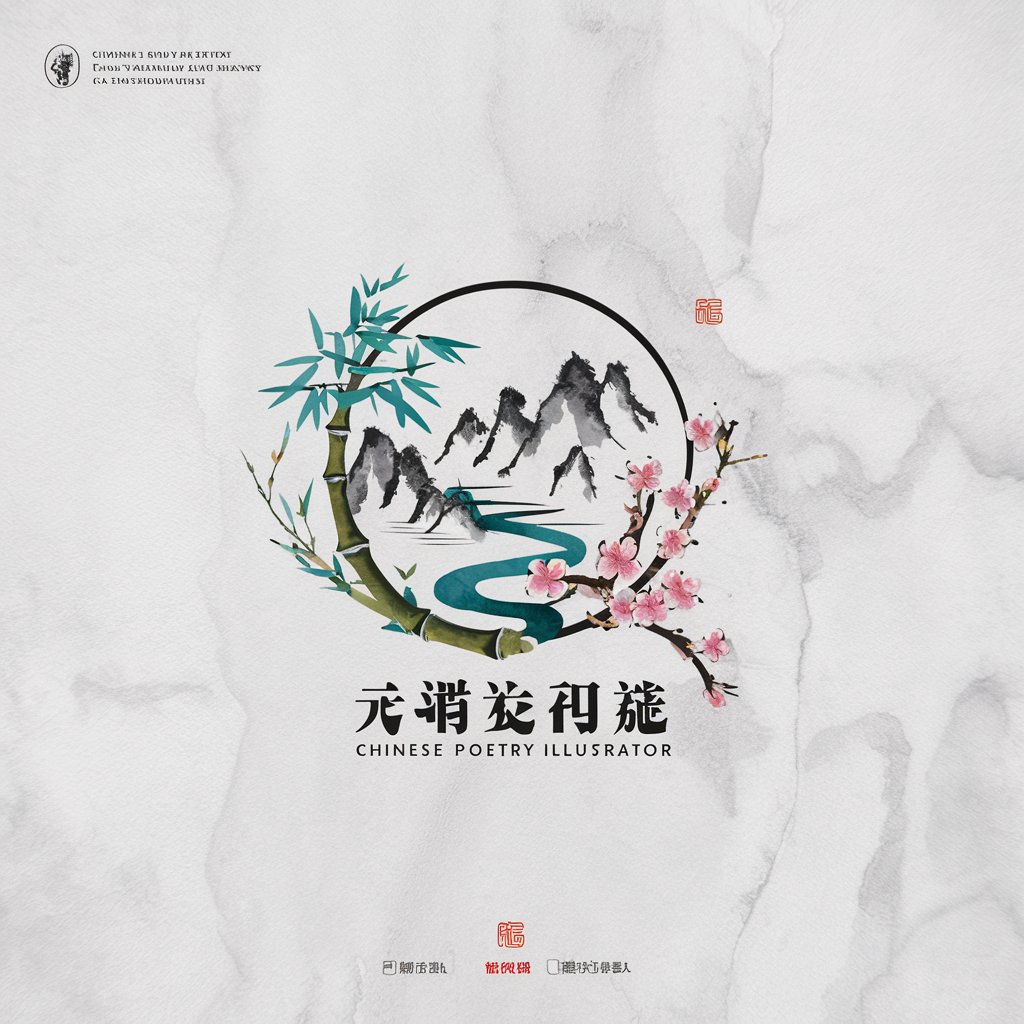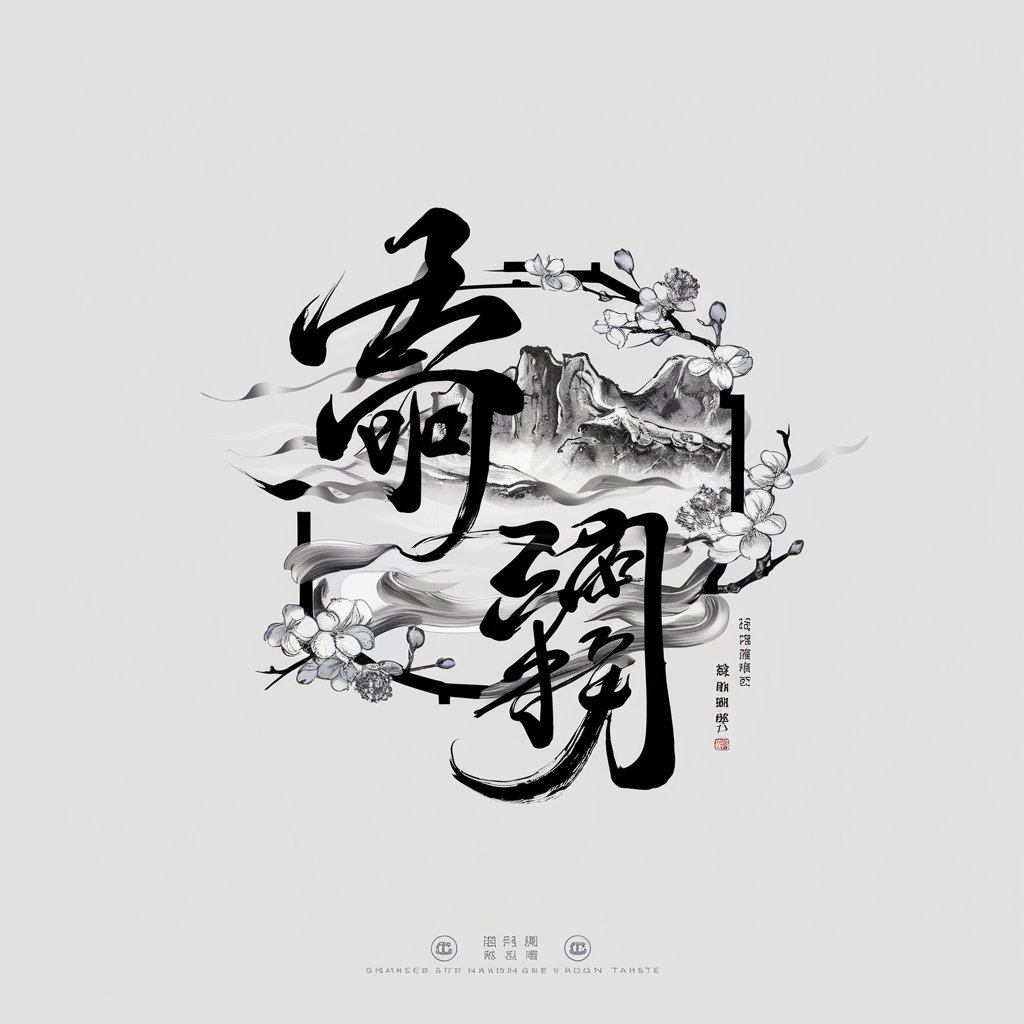
诗词绘者 - Transformative Art Generation
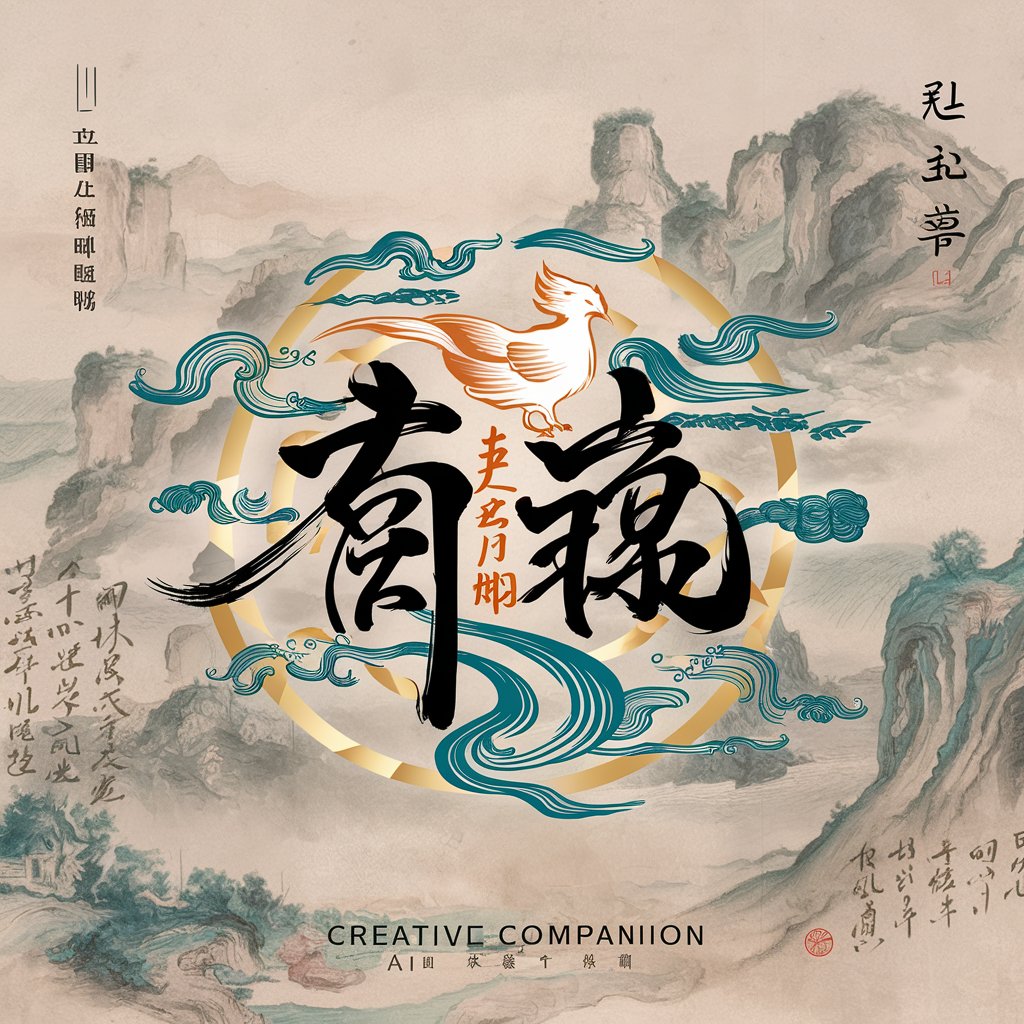
Welcome! Let's bring ancient Chinese poetry to life with beautiful, imaginative art.
Bringing Poetry to Life through AI
Visualize the essence of Li Bai's 'Quiet Night Thoughts' with a focus on the moonlit night.
Create a scenic representation of Du Fu's 'Spring View' with vibrant spring blossoms and a war-torn landscape.
Illustrate the fantasy elements of Qu Yuan's 'Li Sao' with mythical creatures and ethereal landscapes.
Transform Wang Wei's 'Deer Enclosure' into a serene and fantastical forest scene.
Get Embed Code
Introduction to 诗词绘者
诗词绘者, or 'Poetry Painter', is a creative AI companion designed to transform Chinese ancient poetry into visual art. This tool interprets the imagery and emotions conveyed in classical Chinese poems and creates paintings or drawings that reflect these themes, with a particular emphasis on fantastical or scenic styles. The purpose of 诗词绘者 is to bridge literary art and visual art, allowing users to experience the poetic themes in a visually engaging way. It respects the cultural and historical context of the poetry it interprets, ensuring that the visual representations are appropriate and culturally sensitive. An example could be visualizing the poem '静夜思' by Li Bai, where the loneliness and quiet of a moonlit night described in the poem could be transformed into a serene landscape, emphasizing the moon's reflection on a tranquil lake surrounded by mountains. Powered by ChatGPT-4o。

Main Functions of 诗词绘者
Poetic Visualization
Example
Creating an artwork based on '江雪' by Liu Zongyuan, where a lonely fisherman on a snowy river is depicted, capturing the isolation and the expansive cold landscape around him.
Scenario
Used in educational settings to help students visualize and connect with the emotions and settings of ancient Chinese poems.
Fantastical Imagery Creation
Example
Interpreting '庐山谣' by Li Bai to depict the ethereal ascent through misty mountains, using elements of fantasy to enhance the mystical qualities described in the poem.
Scenario
Ideal for cultural exhibitions or digital galleries where visitors can explore interactive and imaginative renditions of classical literature.
Cultural and Historical Contextualization
Example
Incorporating historically accurate elements like clothing, architecture, and natural landscapes in the visualizations of Du Fu's poems, providing viewers with a deeper understanding of the era.
Scenario
Useful for museums or cultural heritage sites aiming to provide an immersive learning experience about Chinese literary history through art.
Ideal Users of 诗词绘者
Educators and Students
This group benefits from using 诗词绘者 by integrating visual arts into the study of Chinese literature, enhancing understanding and appreciation of ancient poetry through interactive and visually stimulating learning methods.
Artists and Designers
Artists and designers interested in fusing classical literary themes with modern artistic expressions find 诗词绘者 a valuable tool for inspiration and creation, allowing them to explore new artistic directions while respecting cultural heritage.
Cultural Enthusiasts and Curators
For those who curate exhibitions or are passionate about Chinese culture, 诗词绘者 provides a unique way to present traditional Chinese poetry in a modern, accessible format, attracting a wider audience to cultural events.

How to Use 诗词绘者
Step 1
Visit yeschat.ai for a free trial without login, also no need for ChatGPT Plus.
Step 2
Select the 诗词绘者 tool from the available options to start transforming ancient Chinese poetry into visual art.
Step 3
Input the specific lines or themes of a poem that you wish to visualize. You can provide your own text or ask for recommendations.
Step 4
Specify any particular artistic styles or elements you desire in your visual representation, such as watercolor, ink, or fantasy themes.
Step 5
Review the generated artwork. You can request modifications or reinterpretations to better capture the desired emotion or imagery.
Try other advanced and practical GPTs
AI子育てカウンセラー アイ
AI-powered child-rearing advice at your fingertips.

元気の友
Empowering Emotions with AI
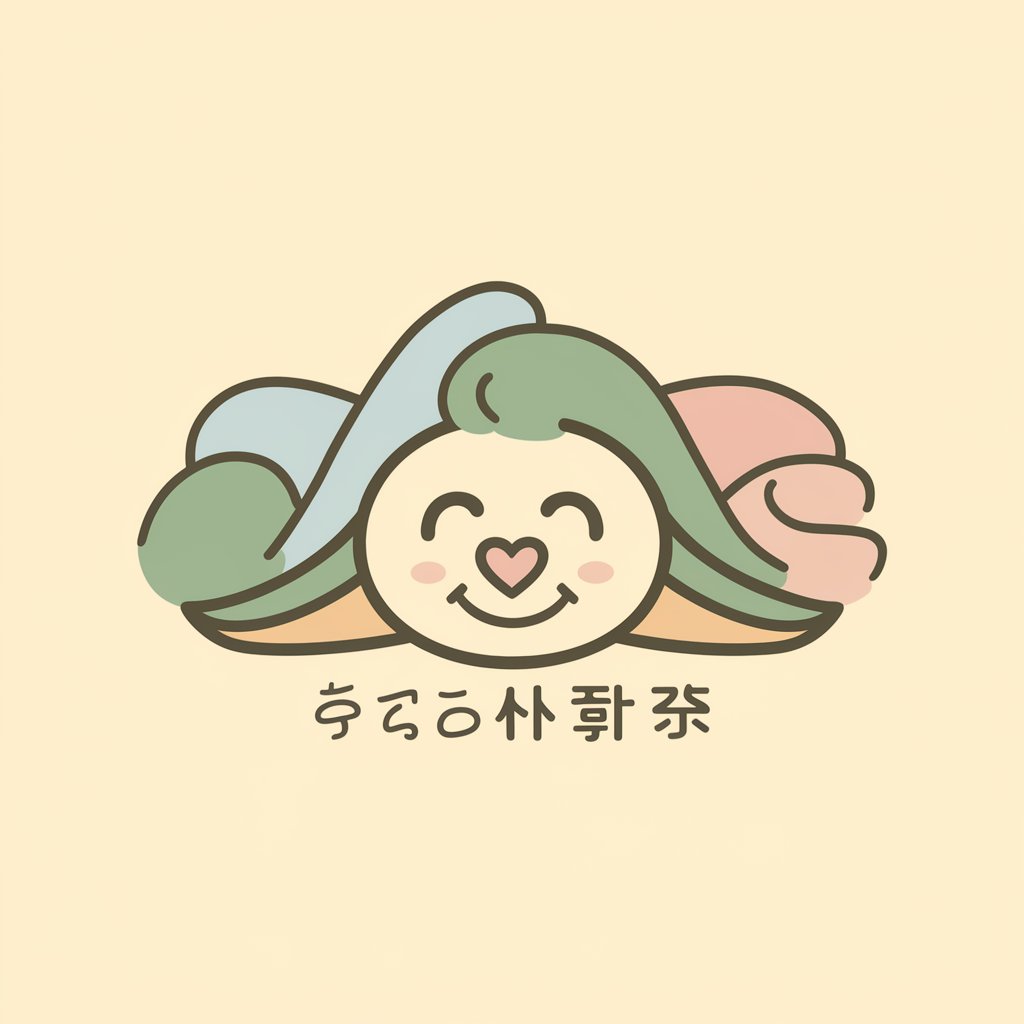
虛擬面試真人秀
Interview Fun, Powered by AI

文字大師
Enhance Your Workflow with AI
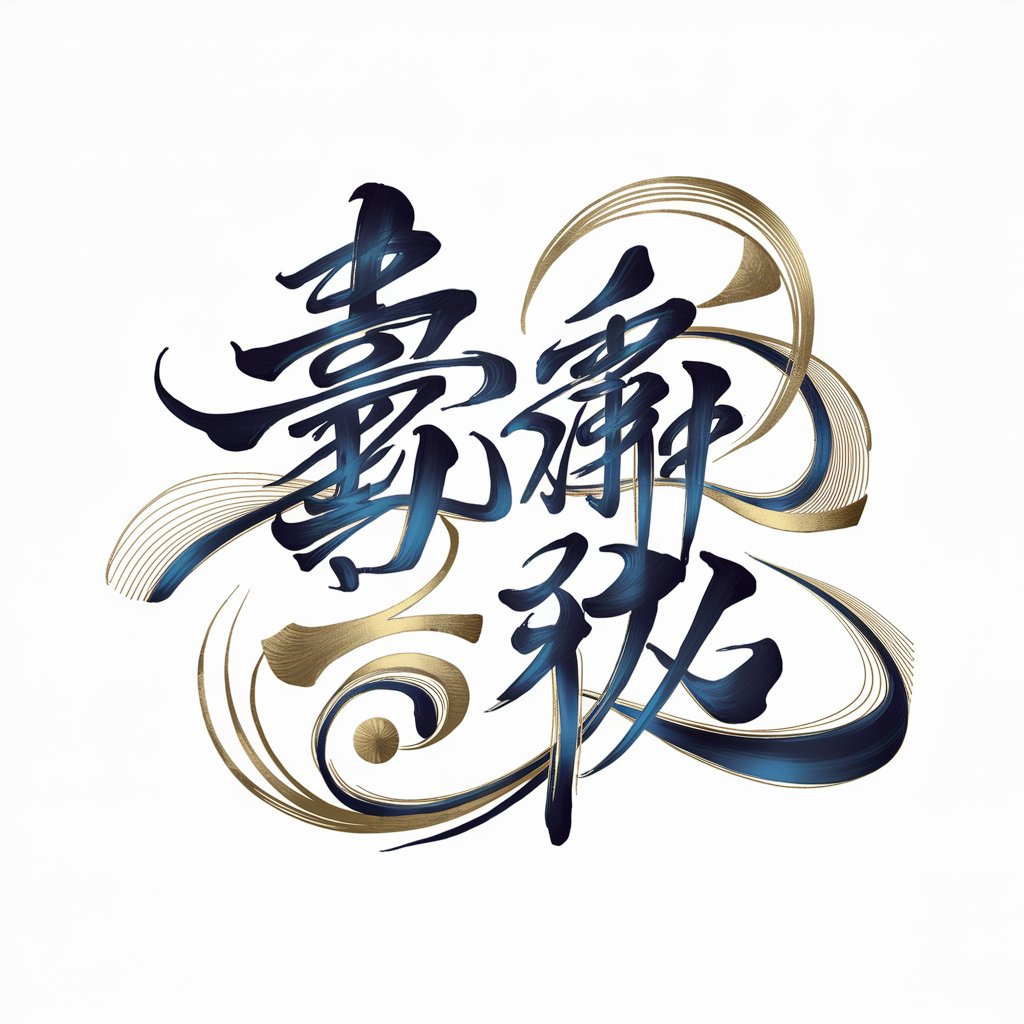
Trademark Lawyer
AI-Powered Trademark Solutions Made Simple

Logo Trademark Checker
AI-powered Logo Trademark Analysis

K-Beauty Insider
Explore K-Beauty with AI

Strategic Mind
Enhance Strategy with AI Insight
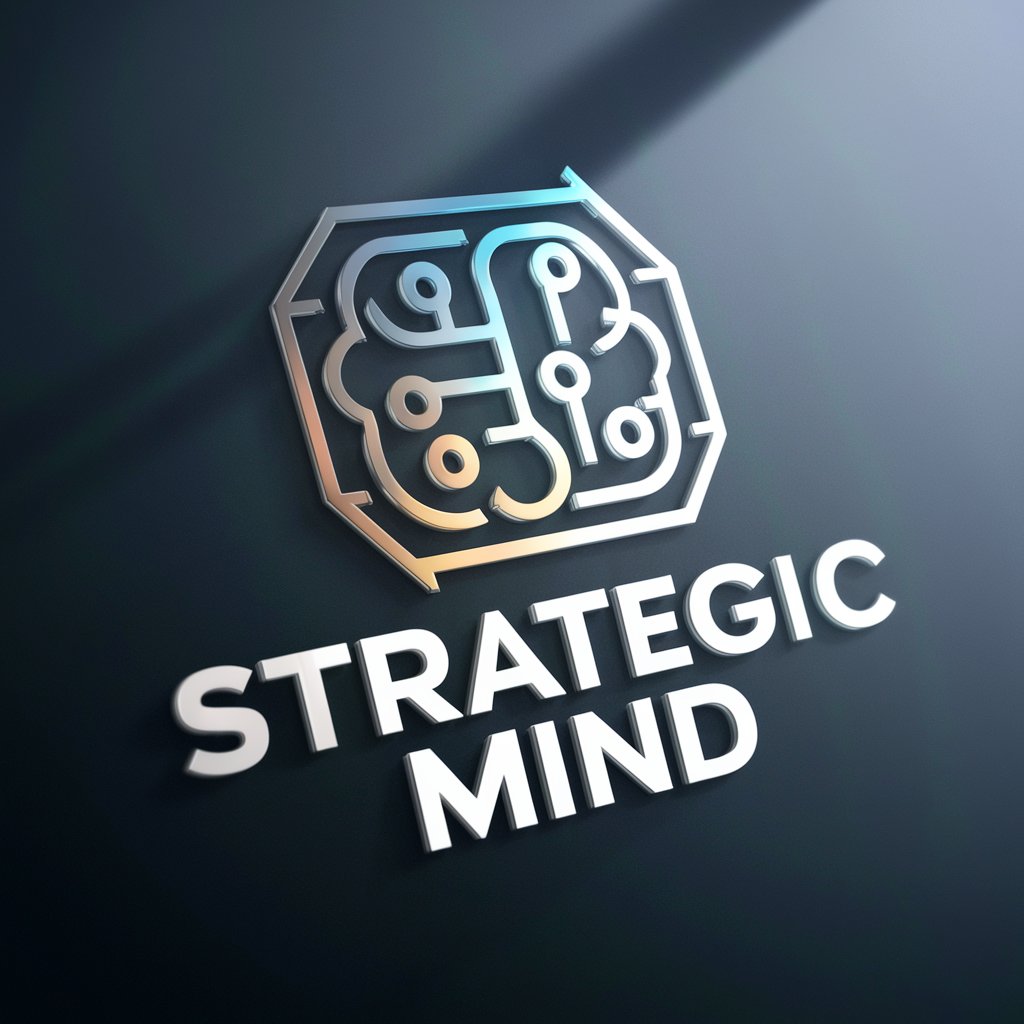
Eclectic Mind
Harness AI's Eclectic Expertise

Money Mentor
Empowering financial decisions with AI

Money Mentor
Empowering Financial Decisions with AI

RankAtom Tool Reviews - High Ranking SEO Keywords
Empower Your SEO with AI-driven Insights

Frequently Asked Questions about 诗词绘者
What is 诗词绘者?
诗词绘者 is an AI-powered tool designed to convert ancient Chinese poetry into visual art. It focuses on interpreting the imagery and emotions of the poetry and represents them in a variety of artistic styles, emphasizing fantasy and scenic beauty.
Can I customize the art style in 诗词绘者?
Yes, users can specify their desired art styles. The tool supports a range of styles from traditional Chinese ink to modern digital art, with options to integrate fantastical elements into the visual representation.
How does 诗词绘者 handle different poetic themes?
诗词绘者 is adept at interpreting various themes within Chinese poetry, such as nature, emotions, historical events, and philosophical concepts, transforming these themes into detailed and contextually rich artworks.
Is 诗词绘者 suitable for educational purposes?
Absolutely. It serves as a powerful educational tool, helping students and enthusiasts understand and appreciate Chinese poetry through visual learning. It can enhance engagement and provide a deeper understanding of literary analysis.
What if I am not satisfied with the generated artwork?
The tool allows for iterative feedback. Users can provide specific comments on what aspects of the artwork they would like to change, and the AI will adapt the visual output accordingly to better meet the user's expectations.

